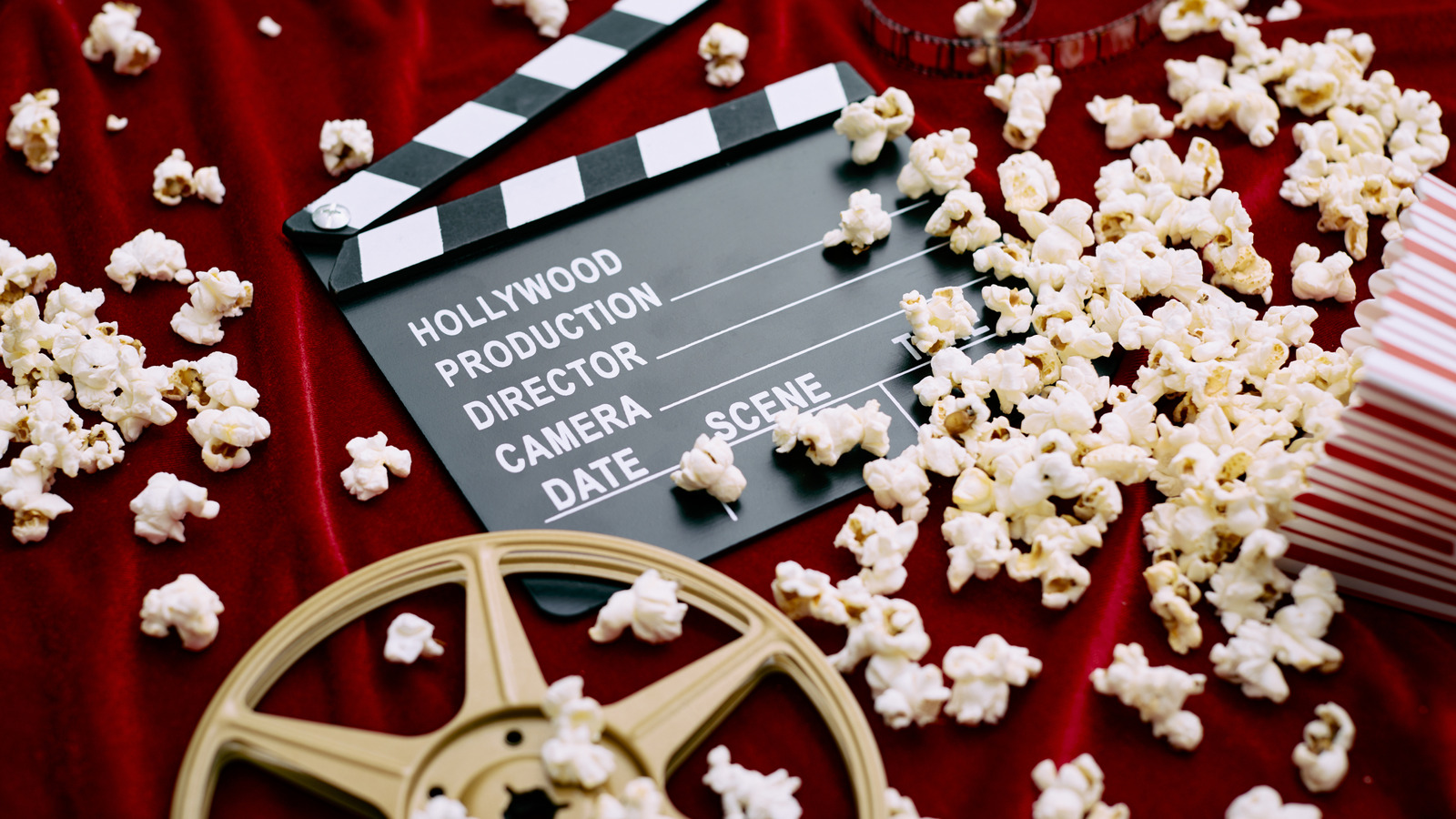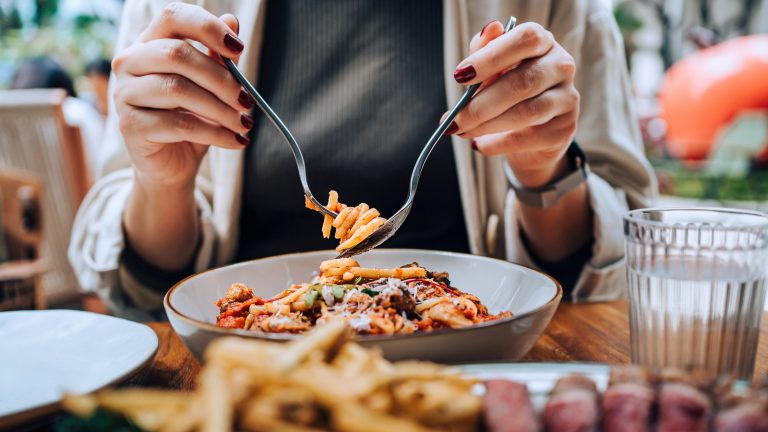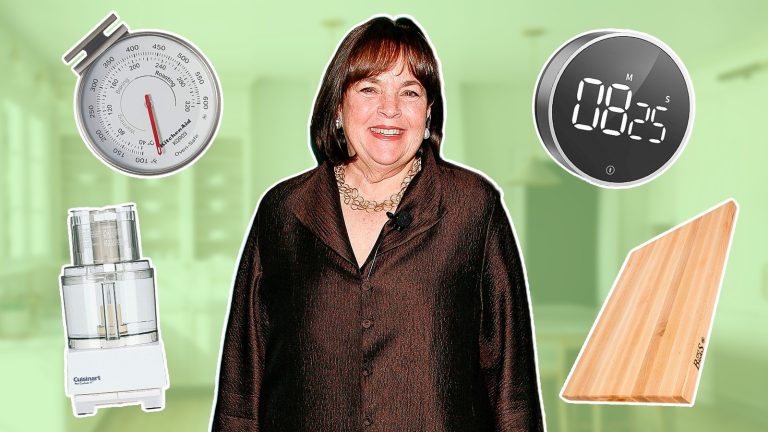Did you know that the mac ‘n cheese and sarmies in the hospital cafeteria in “Chicago Med” are not just bought from a store and put on the characters’ table to eat? Nor was most of the food that appears in your favorite TV series and movies purchased from the nearest grocery store.
That lovely turkey and yams that were served in a Thanksgiving dinner advertisement, and medieval spread served to the royals in a historical movie were most likely prepped and styled in a very specific way by a Hollywood food stylist. These visually creative people are highly skilled in cooking, would’ve generally attended culinary school, and have solid experience in the commercial food world, such as being a pastry chef or heading up a kitchen. Not only that — they also know what will work visually on TV, from the lighting to the angle, they have immense organizational skills, and they are great researchers.
You see, styling food for Hollywood shows, movies, and ads is a combination of being able to cook food well, make it look authentic to the genre and in the timeline of the movie, and be able to prepare and style the same dish not just once but multiple times for different shots if needs be. It also involves being able to do all of this at some speed as video shoots all have strict timelines and budgets, and often be super organized. Here are six of the many clever tactics that Hollywood food stylists use to make food look good on set.
They use real food
Contrary to what you may think, most of the food used in Hollywood TV programs and movies is real. The food that the characters eat in a movie scene is almost a part of the “fantasy” being created in the story. Directors want their actors and actresses to engage naturally with the food so it makes the story seem more real. So it’s the Hollywood food stylist’s job to intentionally make an apple pie that’s a bit burned on the one side for a particular scene, or the turkey that appeared in “Friends.” But don’t get totally grossed out, as the turkey that Joey (Matt LeBlanc) and Monica (Courteney Cox) had on their heads was made from foam and rubber -– a real turkey would’ve had a wealth of health issues, never mind the weight.
So yes, there are situations where fakes are used for good reason, but most often, you’ll find that the food is real. In advertisements, this is particularly important because customers can get pretty annoyed if they see a beautifully styled burger on TV and order it, only for it to arrive squashed and messy, with a patty that looks more like gray cardboard than quality ground beef. What you see must be what you get.
Even the kitchens in Hollywood movies have to be semi-functional so they appear real to the viewer. The food stylist may jump in here as a technical advisor, going as far as advising on how to style a stocked fridge so it looks like it holds food for a family with a baby and three hungry teenagers.
Visually-similar items are sometimes switched out
It can sometimes take hours or even days to shoot just one scene, and if there’s food in the scene, the ingredients can go dry or spoil and lose their fresh look. In these cases, Hollywood stylists will swap out that food item for something that is more robust but can be styled to look like a doppelganger. This is where science and art meet and the stylist makes magic happen.
As an example, tuna can spoil and start to smell awful if left out in the open for too long. So the stylist may use watermelon, which visually has the same look and texture as a tuna steak. This is also useful if the character needs to take a bite of the tuna in the scene and say a line –- watermelon dissolves super quickly, whereas they may have to chew the fish a few times before being able to talk. And if there’s a lovely breakfast scene with fresh eggs with shiny yolks being shot, the stylist may switch out the yolks for mango or orange, which have the right color but are firmer than runny eggs, allowing them to keep their shape. They also smell a lot better than sulfur eggs sitting out in the sun.
And remember the “Game Of Thrones” scene where Daenerys Targaryen (Emilia Clarke) eats a horse’s heart? It was made out of gummy bear-type ingredients, kind of like solidified jam, and to get the scene right, she ended up eating 28 of them, not just one!
Dishes are changed out frequently to stay fresh-looking
It’s not only about the food being safe on set, but also always looking fresh for a scene. So if real egg yolks are being used, they may have to be switched out every 15 minutes because yolks tend to dry out when exposed to air for a period of time. Can you guess what this means?
Yup, the Hollywood food stylist has to prepare the same egg dish over and over again, keeping it looking pretty much the same. This is where speed and time management come into play, along with some pretty deft organizational skills, to ensure that enough ingredients have been purchased to keep making the dishes, ample time has been planned for making the dish, and the previous dishes are disposed of responsibly.
There was a movie shot once with a single turkey scene in it. The turkey could only stay out on set for a maximum of 20 minutes to stay fresh and meet food safety regulations. To complete the scene, which involved the turkey being carved and some of it eaten, stylist Gena Berry, founder of Culinary Works and food stylist for the movie, ended up making 23 turkeys just for that one scene. “You have a turkey that you do for stand-in,” she told Food & Wine. So when they’re just practicing, I have the same old turkey that can sit out all day … But if they’re cutting real turkey, I have an oven on set and hot boxes … And then you just have to say, ‘That turkey can only be on that set for another 20 minutes. I have to replace the turkey after this next scene.'”
Paints, sprays, and glues are sometimes used
If an actor isn’t going to engage with a food item, but it needs to look really good in the background for a scene, a Hollywood stylist may use a spray or mix up a type of glue to make the food look fab.
Stylists use cooking sprays to bring a lovely shine to potatoes, making them look like they’re freshly baked and out of the oven. They can also lightly paint corn syrup onto meat to make it look juicy and also bring a bit of a shine to the lamb or beef roast. If push comes to shove, stylists can use glycerine to add an oily shininess to food where needed; this is a trick that Hollywood stylists keep in the back pocket.
Coming back to our eggs, stylists make a type of paint with oil and water that they apply over the top of the eggs. The mixture protects the eggs from being dried out by the air and keeps them looking fresh and lush. This mixture has also been used on herbs for the same purpose, and to add a bit of a glow to them, but also — especially in the case of outdoor scenes where there may be a bit of a breeze blowing — give the herbs some weight so they don’t end up being gone with the wind while the movie was being shot. See what we did there with that pun?
Using resources as props to keep food in position
Not all food has a good “posture” that would allow it to stay obediently in the perfect position for filming. This is especially true with wetter foods. For example, keeping a few fries upright in their packaging to film an ad for a burger-and-fries special running at your fave burger joint can be quite a task, especially if they’re squirted with ketchup, where the moisture from the sauce makes them go soggy after a while.
So what does the Hollywood stylist do? They use toothpicks or skewers inserted through the middle of some of the fries, which keep them upright like soldiers for the duration of the ad. The same would apply to things like tomatoes or olives that have a tendency to roll a bit, so a few strategically placed toothpicks can make that beautiful snack platter in a high tea movie scene stay put. Toothpicks are also quite handy to keep a stack of pancakes perfectly in place for a breakfast ad or morning scene in an episode of your fave show while the syrup slides gracefully down the sides without dislodging one of the pancakes.
Safety pins are also a great tool in the Hollywood stylist’s bag of tricks, keeping garnishes or pretty edible flowers in place. The same applies to a little ball of putty to stick the stems into to keep the little herbs or flowers upright.
The food must always be part of the story
Imagine watching “Game Of Thrones” and seeing hotdogs, burgers, or sushi on the massive banqueting table. Doesn’t fit, right? The magic of the scene and the movie is then lost because the authenticity and real-life connection to that period in time are out of place.
This is where the research prowess of the Hollywood food stylist kicks into gear, along with them getting a thorough understanding of the storyline and plot. Then the planning phase begins, where the stylist will often create illustrations or storyboards of the foods proposed for each relevant scene where the food will be part of the acting crew. These will be shared with the directors and/or producers for discussion and any changes made.
Once approved, sourcing all the ingredients — and making sure there are enough ingredients for the dishes — is next. Organizational skills play a huge role here as the stylist purchases and plans the prep for all the dishes per scene. Some stylists bring their own kitchens in big trucks so they have all their ingredients and gear in one space. They know where everything is and can prep and produce the dishes in a familiar space that is then styled in the setting created for the scene.





